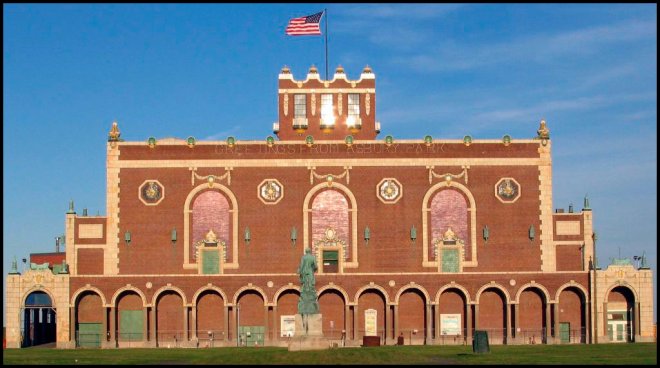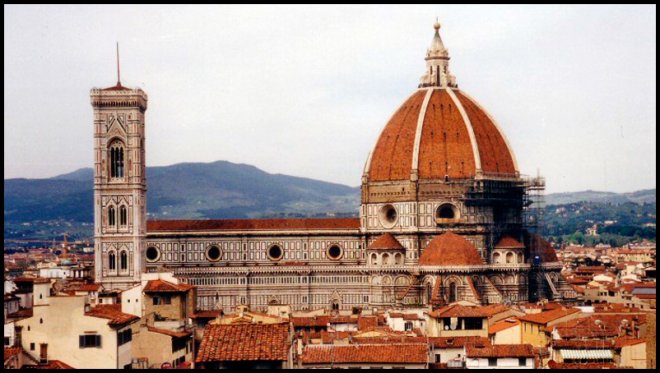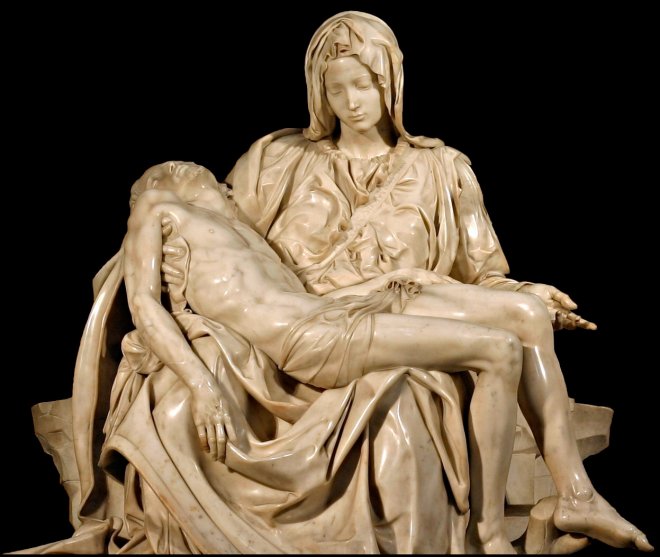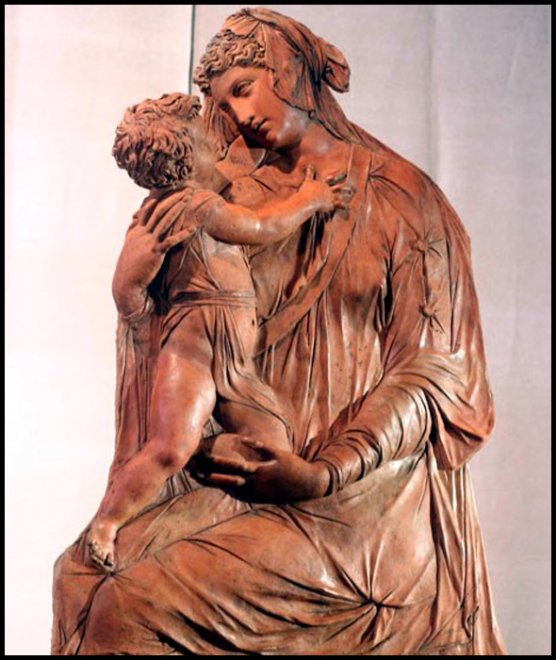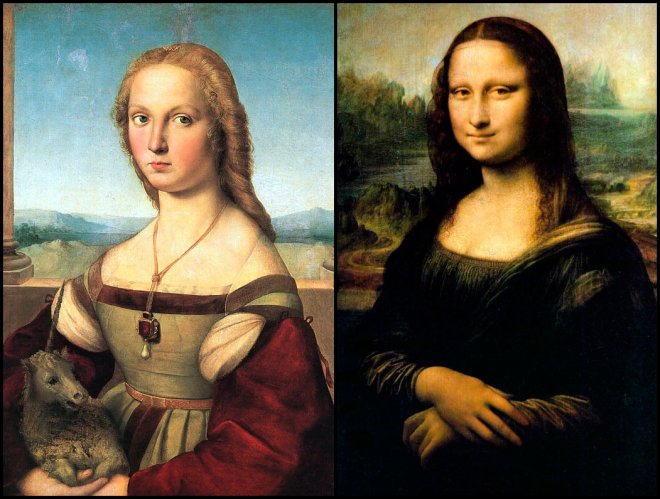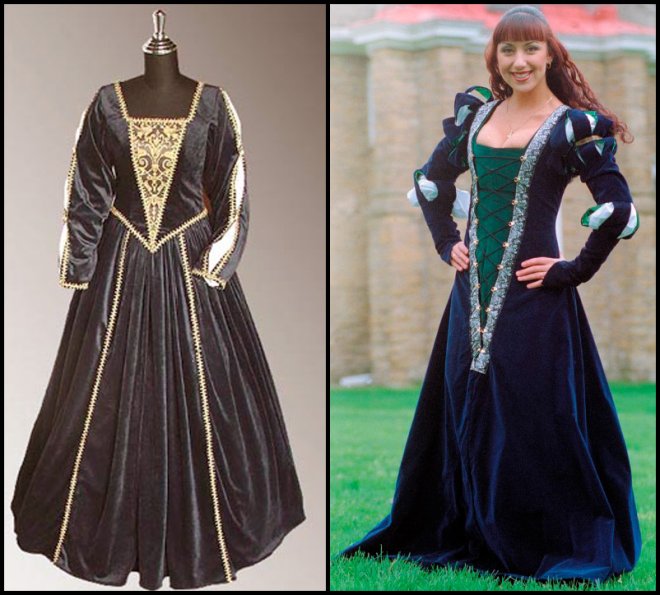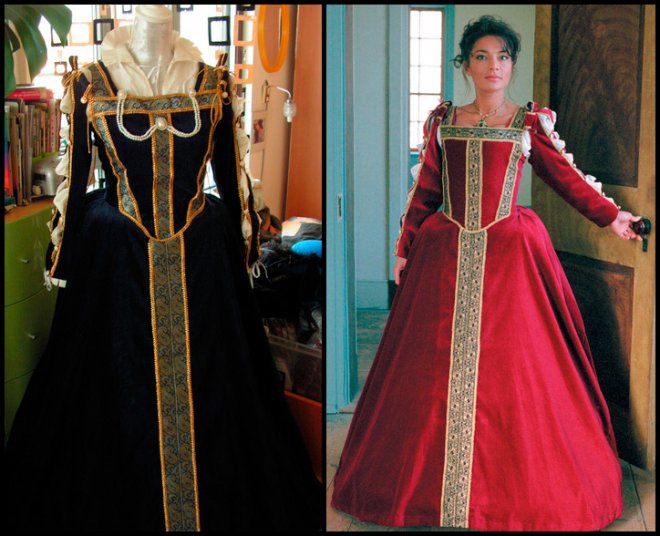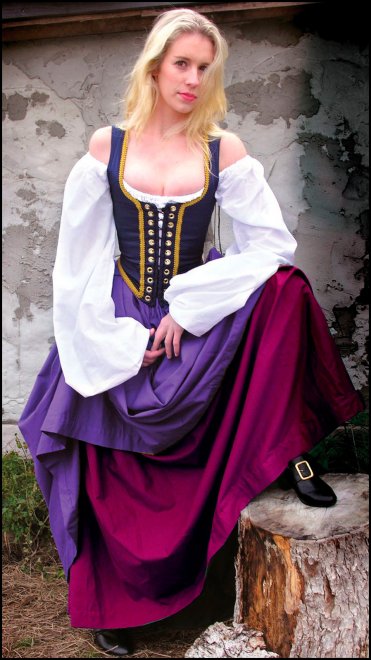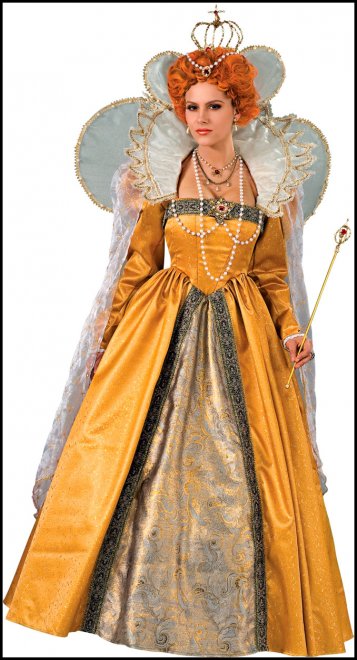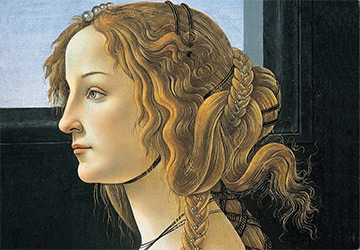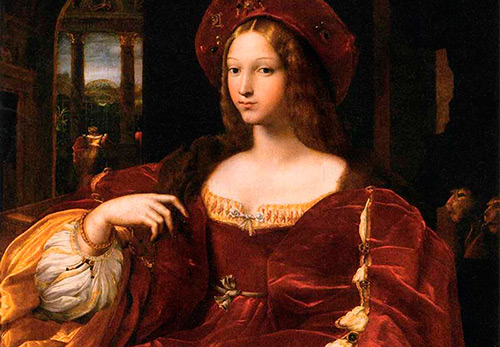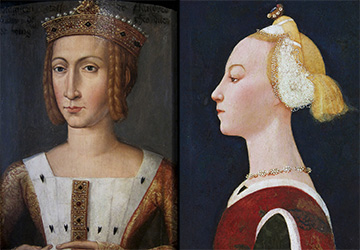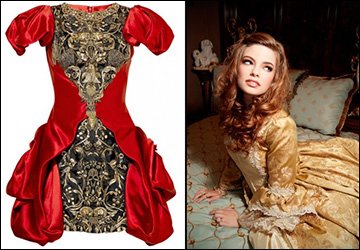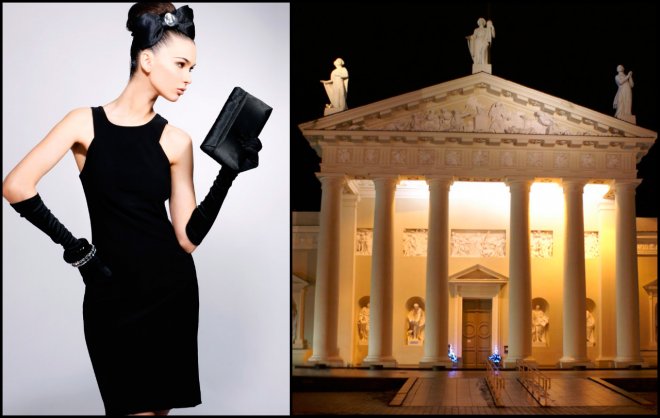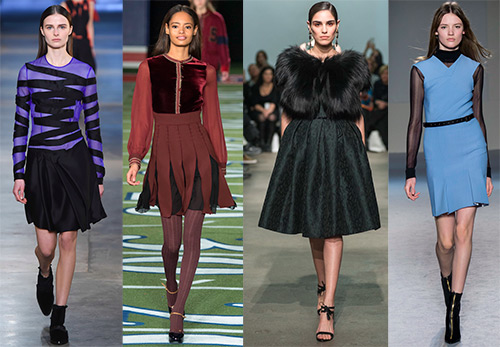Style
Renaissance - Renaissance style in clothing and architecture
Renaissance style - Renaissance. One of the most significant eras in the history of mankind. The era that gave the world such famous artists (and not only artists, but jack-of-all-trades) like Leonardo da Vinci, Rafael Santi, is still more the sculptor Michelangelo Buonarroti.
Revival. XV-XVI centuries. At this time, Europe woke up from medieval hibernation, she again became interested in the culture of forgotten antiquity - Ancient Greece, Ancient Rome. Europeans again became interested in science, the study of the human body. They again became interested in perspective and symmetry, harmony.
Renaissance style. The culture of the Renaissance takes its origins in Italy, and it is not by chance, because it was on the territory of Italy that the Roman Empire was once located. And the real cradle of the Renaissance culture will be Florence.
In architecture, in painting, in sculpture, in everything, the creators of that era were looking for proportions, symmetry, harmony. It was during the Renaissance that paintings became realistic, because medieval miniatures were more like children's drawings, they were flat, and images of people from the Middle Ages differed in a rather large volume of the head compared to the body. In medieval Europe, spirituality was always the main thing, but not the body. During the Renaissance, everything changes, now the body is given a certain meaning, the body should be as beautiful as the spirit. It was during the Renaissance that artists and sculptors again learn to create works that reflect the real proportions of the human body.
The Renaissance dictates its own canons, ideals of female beauty... The ideal of that time was: tall, broad shoulders, thin waist, plus white teeth, red lips, noble movements and a stately figure. But with a thin waist, in no case should a woman of that period be thin, no, on the contrary, she should have had a magnificent body with no less magnificent breasts.
And yet, it was in the Renaissance that it was in Italy that the fashion for blondes appeared. Blond curls are considered the ideal of female beauty, and all women of fashion of that time are trying in every possible way to achieve a similar hair color. The hair was colorized either by dyeing or by using wigs made from bright yellow hair extensions.
Another criterion of beauty in the Renaissance was a high, smooth, not hidden by hair, but only a forehead framed by them. The presence of eyebrows was not considered beautiful, and they were plucked, moreover, by both women and men. Cosmetics were applied to the face. Ekaterina Sforza even created a whole manual with the rules for applying makeup on the face. But at the same time, cosmetics were not so obligatory, in the Renaissance, special importance was attached to naturalness, emphasizing the natural beauty of a person.
“... Hair of women should be delicate, thick, long and wavy, their color should be like gold or honey, or the burning rays of the sun. The physique should be large, strong, but at the same time noble forms. An overly tall body cannot be liked, as well as a small and thin one. White skin is not beautiful because it means that it is too pale; the skin should be slightly reddish from the circulation ... The shoulders should be wide ... Not a single bone should show through on the chest. A perfect breast rises smoothly, imperceptibly to the eye. The most beautiful legs are long, slender, slender at the bottom with strong snow-white calves that end in a small, narrow, but not lean foot. Forearms should be white, muscular ... ".
From the treatise of Agnolo Firenzuola.
By the way, another feature of the Renaissance fashion was the appearance of numerous works devoted to beauty, as well as rules, for example, the rules for creating hairstyles, one might say, for the first time they began to describe fashion.
As for the hair, coral strings were also woven into women's hairstyles. pearls, the hair was decorated with special capes and nets, which can be seen in many paintings by artists of that time.
Renaissance Style - Women's Costume
The women's suit consisted of several dresses, the presence of an upper and lower dress with long sleeves was required. The upper dress had wide sleeves and was called gamurra. Florence, the cradle of the Italian Renaissance, was famous for the production of woolen fabrics, which were widely sold throughout Europe, but at the same time the inhabitants of Florence themselves preferred completely different fabrics - brocade, velvet, silk.
The Renaissance dress embodies corporeality and volume, its tails are wide and symmetrical, and most importantly, the bodice and skirt of the dress must be in harmony with each other, they must be proportional, in their combination the ideal of "balance of separate parts of the human body" must be observed. The bodice of the dress is laced with a small scoop neckline.
But the dresses also had a fairly deep neckline, the so-called "stray neckline" is becoming common, which, when moving, could move from one shoulder to another, move onto the back, or "accidentally" when walking, bare breasts.
Dresses are richly decorated, have many details: embroidery, expensive lace, trimmings from fur and precious stones, which also testify to the high position of those who wear such outfits.
The wealth of the lady was also evidenced by ... the sleeve of the dress, which was narrow and had a slit initially at the elbows, and then in the armhole, exposing her underwear. White underwear, because at that time white fabrics were considered one of the most expensive.
Renaissance style - Men's suit.
In the Renaissance, young people and dandies wore a short suit based on an antique tunic; now it was only equipped with sleeves and some, often decorative details. Plus, there are also rounded symmetrical folds. Such a suit was knee-length and sometimes shorter. Fitted underneath pants-stockings, sewn from material of different colors.
It was also during the Renaissance that a long cloak with sewn-in sleeves and a wide collar appeared. Over time, such a cloak became the emblem of scientists and the elderly. To this day, it is used as an official dress for various university ceremonies. However, this is not at all accidental, because it was in the Renaissance that the intelligentsia appeared - doctors, lawyers, scientists, it was in the Renaissance that the opportunity to earn a living by exclusively mental labor appeared.
Comments and Reviews
Add a comment
Rating news
Shades of clothing that make women look younger
What shades of hair make women younger: rules and photos
Funny wedding dresses - photos and ideas
12 most expensive down jackets for the winter
How to look 25 at 40: tips from supermodels
Beautiful schoolgirls
Anti-aging haircuts and hairstyles for women
Fashionable skirts for autumn and winter
Fashionable women's trousers for the cold season
Fashionable and stylish sandals for summer 2024
Spring-summer 2024
 Fashionable dresses and tops with thin spaghetti straps
Fashionable dresses and tops with thin spaghetti straps
 Bandana tops: how to wear stylishly and beautifully
Bandana tops: how to wear stylishly and beautifully
 How to put together the perfect men's wardrobe for the summer
How to put together the perfect men's wardrobe for the summer
 Fashionable shorts for spring-summer 2024
Fashionable shorts for spring-summer 2024
 Fashionable skirts for spring-summer 2024: a guide to online shopping
Fashionable skirts for spring-summer 2024: a guide to online shopping
 The most fashionable dresses spring-summer 2024: styles and colors
The most fashionable dresses spring-summer 2024: styles and colors
 Fashionable total look 2024: ideas of images and trends
Fashionable total look 2024: ideas of images and trends
